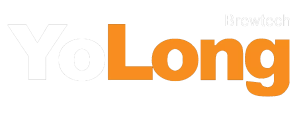3 BBL Brewing Equipment
Overview of 3 BBL Brewing Equipment
When stepping into the world of craft brewing, choosing the right equipment can make or break your brewery’s success. If you’re targeting small-scale production with commercial quality, 3 BBL brewing equipment is an excellent choice. With a production capacity of three barrels (approximately 93 gallons) per batch, this setup offers the perfect balance between efficiency and scalability for budding brewers.
Why Choose 3 BBL Systems? It’s simple. For microbreweries or taproom-only operations, these systems offer high output without overwhelming your space or budget. Think of it as the Goldilocks of brewing equipment—not too big, not too small, but just right for growing brewers.
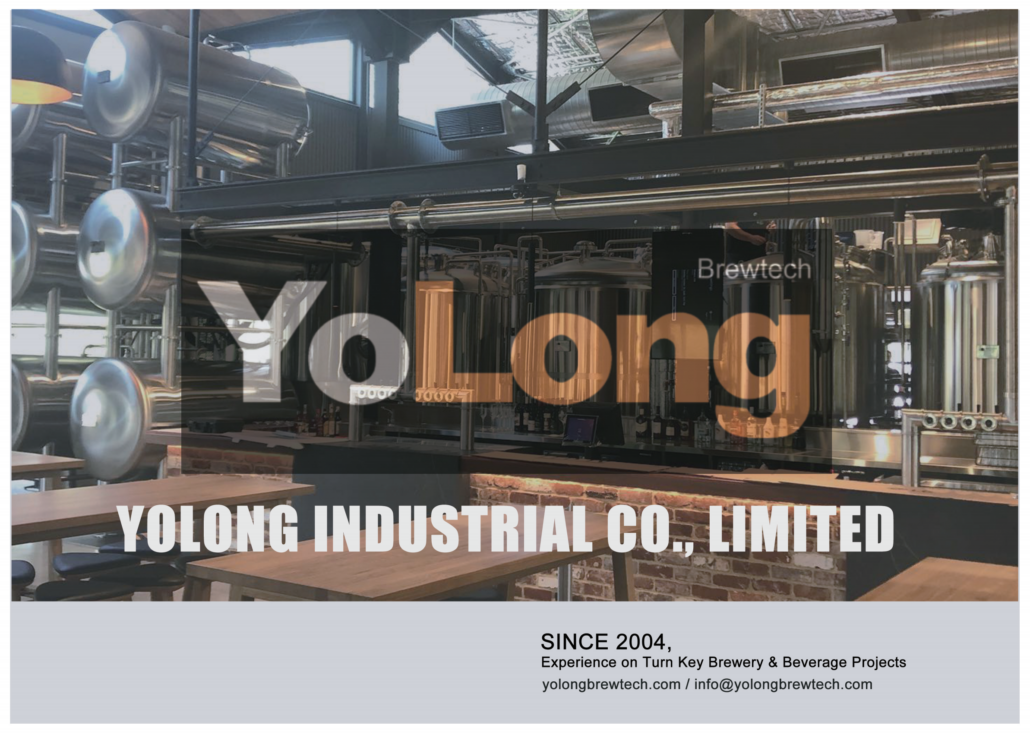
Troubleshooting Common Issues with Beer Fermenters
Fermenters play a critical role in beer production, acting as the vessel where the magic of fermentation happens. But even the best fermenters come with challenges. Let’s break down some common issues and solutions:
- Temperature Control Woes: Fermentation temperature affects beer quality. Inconsistent cooling jackets or faulty glycol chillers can lead to undesirable flavors. Regularly calibrate your temperature control system and monitor it closely during active fermentation.
- Leaking Seals: Over time, seals around fermenter doors or ports may wear out. Inspect and replace gaskets regularly to maintain airtight conditions.
- Clogged Blow-Off Tubes: Foam and krausen can clog blow-off tubes, leading to pressure buildup. Clean and sanitize tubes after every batch to prevent blockages.
- Residual Off-Flavors: Leftover trub and yeast can affect subsequent batches. Conduct thorough cleaning and sanitizing after every use to avoid contamination.
Troubleshooting these issues proactively will save you headaches and ensure consistently high-quality brews.
Understanding the Brewing Process
Brewing beer is as much art as it is science. With a 3 BBL system, the process unfolds across several stages:
- Mashing: Malted grains are soaked in hot water to convert starches into fermentable sugars. With 3 BBL systems, automated mash tuns streamline this step, ensuring consistent efficiency.
- Lautering: The liquid wort is separated from the grain husks. A well-designed lauter tun with rakes ensures smooth separation and minimizes stuck mashes.
- Boiling: The wort is boiled while hops are added for bitterness, flavor, and aroma. A 3 BBL brew kettle with precise temperature controls ensures optimal hop utilization.
- Fermentation: The cooled wort is transferred to fermenters, where yeast is pitched. Temperature control is crucial at this stage.
- Conditioning and Packaging: After fermentation, beer is conditioned and carbonated before being kegged, bottled, or canned.
Every step requires precision and care, and 3 BBL systems are designed to offer just that without excessive complexity.
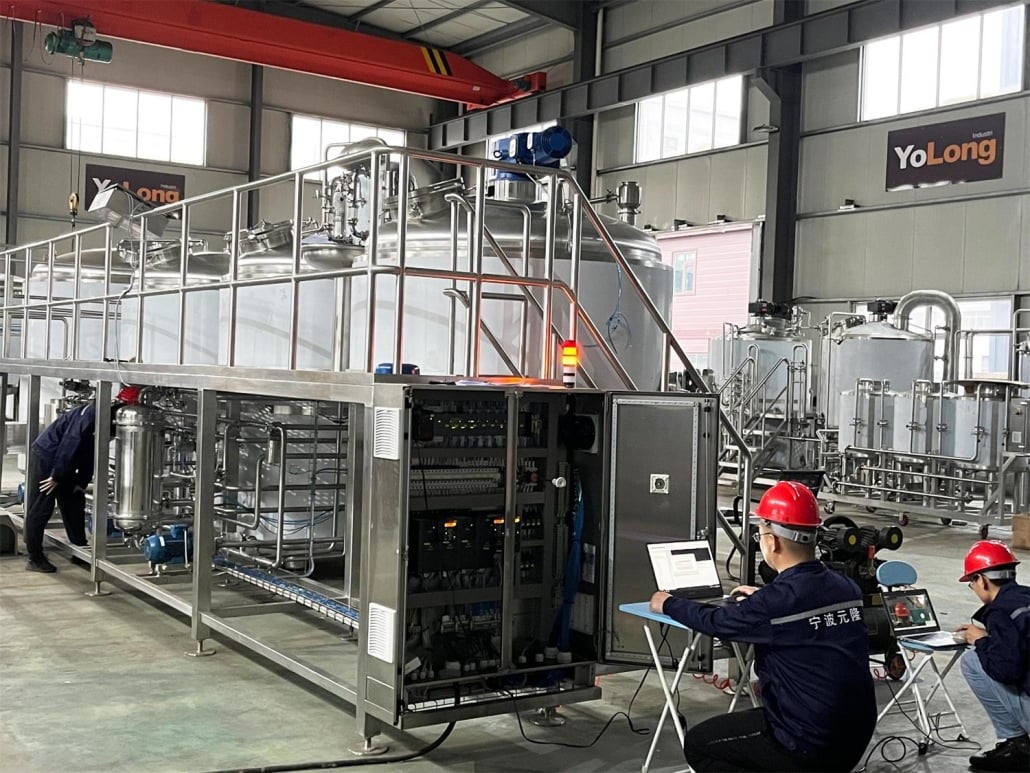
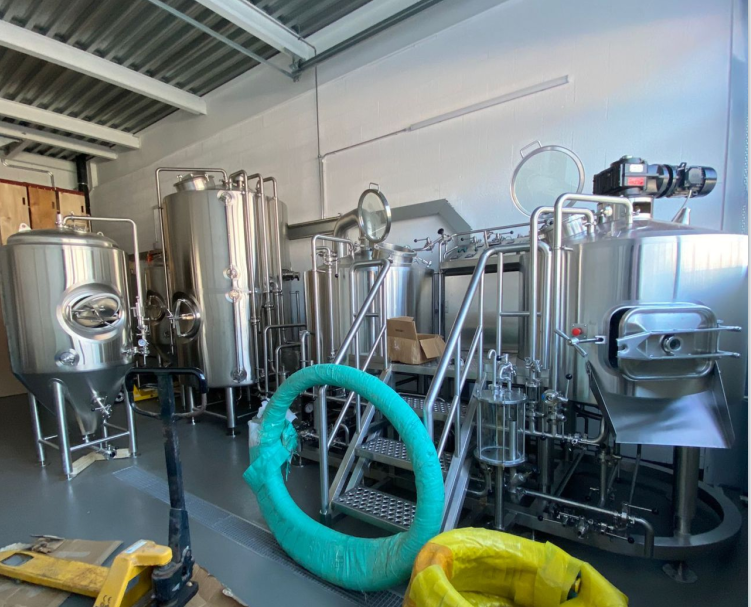


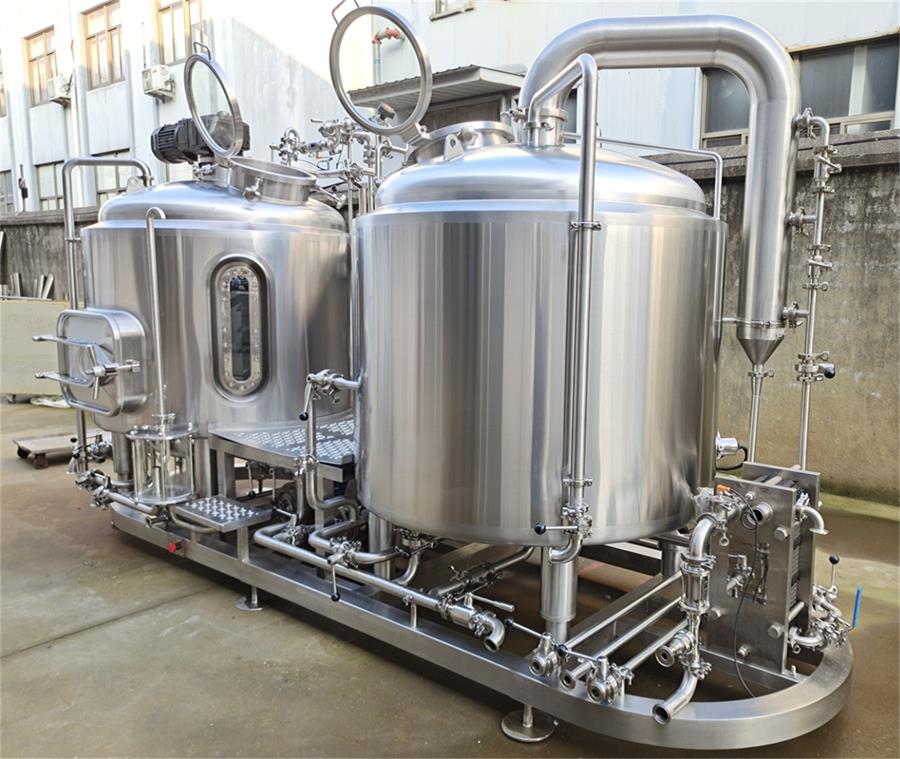
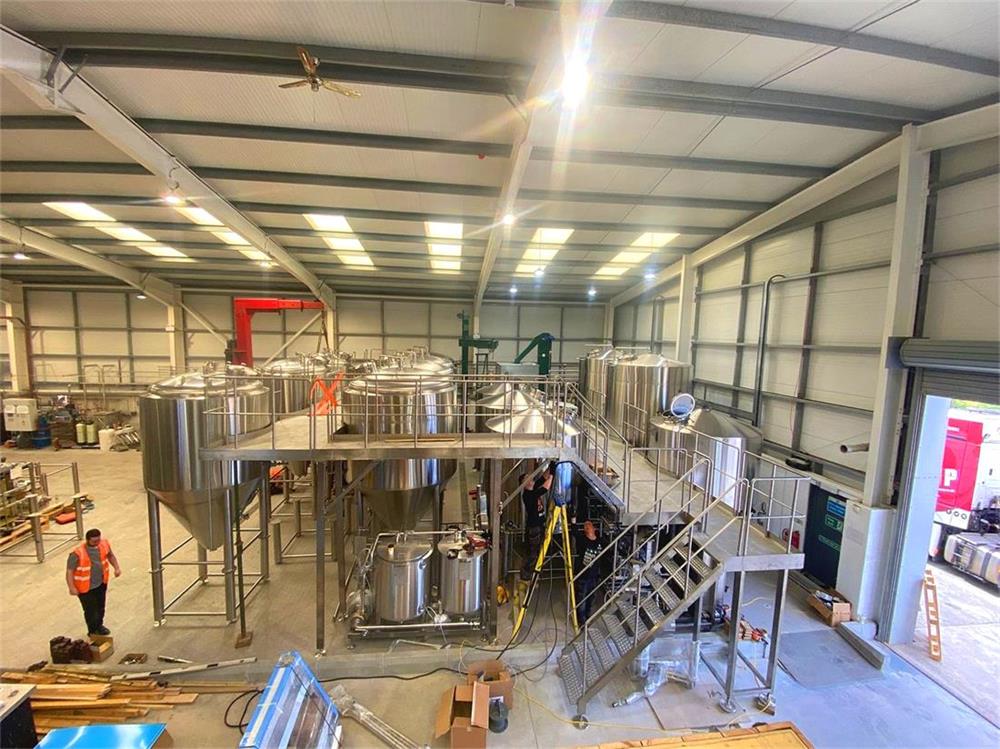
Detailed Comparison of 3 BBL Brewing Equipment
Capacity, Spaces, Design, Layout, and Customization
| Feature | Details |
|---|---|
| Capacity | Produces up to 93 gallons per batch, ideal for taprooms and small-scale distribution. |
| Space | Compact footprint fits comfortably in spaces under 500 square feet. |
| Design | Modular designs available; combines functionality with aesthetics. |
| Layout | Can be configured for linear or stacked setups, maximizing workflow efficiency. |
| Customization | Options include additional fermenters, whirlpool kettles, and enhanced automation. |
Suppliers and Price Range
| Supplier | Price Range (USD) | Key Features |
|---|---|---|
| Alpha Brewing Ops | $30,000 – $50,000 | Durable, stainless steel build. |
| Ss Brewtech | $25,000 – $40,000 | Advanced automation features. |
| Brewmation | $28,000 – $45,000 | Excellent heat transfer systems. |
| Glacier Tanks | $20,000 – $35,000 | Customizable fermenter sizes. |
Installation, Operation, and Maintenance
| Aspect | Details |
|---|---|
| Installation | Requires professional setup to ensure optimal performance and compliance with local codes. |
| Operation | User-friendly interfaces simplify brewing operations. |
| Maintenance | Regular cleaning, inspection of seals, and calibration of instruments are essential. |
How to Choose 3 BBL Brewing Equipment
Key Parameters to Consider:
- Build Quality: Look for food-grade stainless steel construction for durability and hygiene.
- Automation Level: Decide between manual, semi-automated, or fully automated systems based on your brewing style.
- Scalability: Opt for equipment with upgrade options like additional fermenters or larger heat exchangers.
- Energy Efficiency: Modern systems offer features like heat recovery and insulated vessels to minimize energy use.
Expert Tips:
- Visit Other Breweries: Learn from others who have used similar systems.
- Talk to Suppliers: Ask detailed questions about warranties, after-sales service, and spare parts availability.
- Test Before Buying: Some suppliers offer demo sessions, so take advantage of these to assess ease of use.
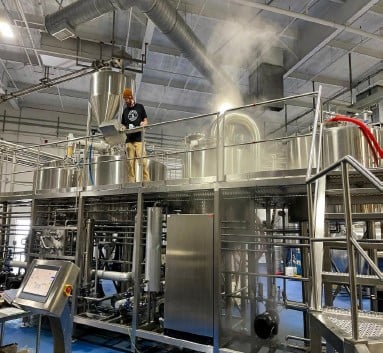
Pros and Cons of 3 BBL Brewing Equipment
| Advantages | Limitations |
|---|---|
| Ideal for small-scale brewing | Limited capacity for larger-scale demands. |
| Compact and space-efficient | Initial cost can be a barrier for startups. |
| Scalable with add-ons | Requires regular maintenance. |
| High-quality brewing output | Steeper learning curve for new brewers. |
FAQs
| Question | Answer |
|---|---|
| What is the average cost of 3 BBL systems? | Prices range from $20,000 to $50,000 depending on features and suppliers. |
| How much space do I need for a 3 BBL system? | Typically, under 500 square feet is sufficient. |
| Can I expand my 3 BBL system later? | Yes, most systems are modular and support additional fermenters or tanks. |
| Is it suitable for home brewing? | It’s more suitable for microbreweries due to size and cost. |
| How long does a 3 BBL brew take? | A full brew day, including cleanup, can take 6-8 hours. |
